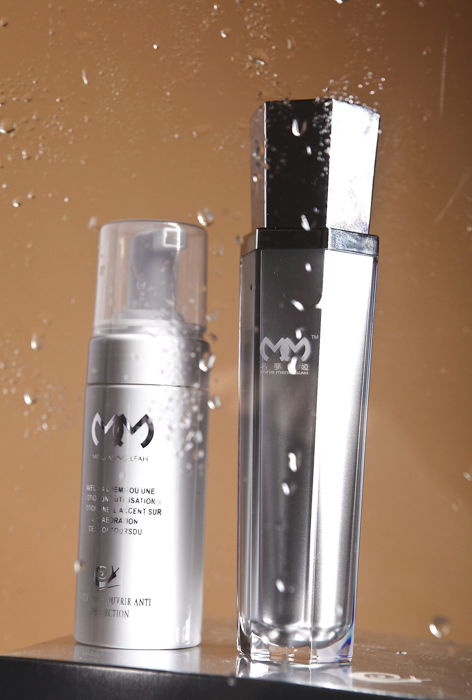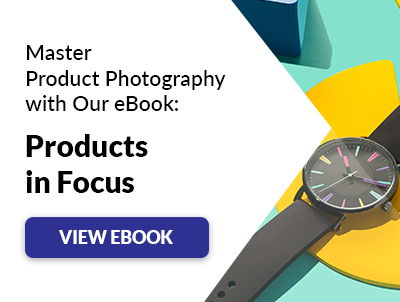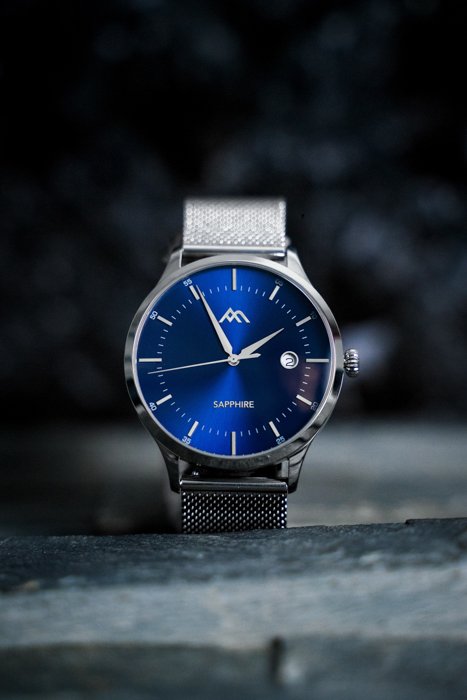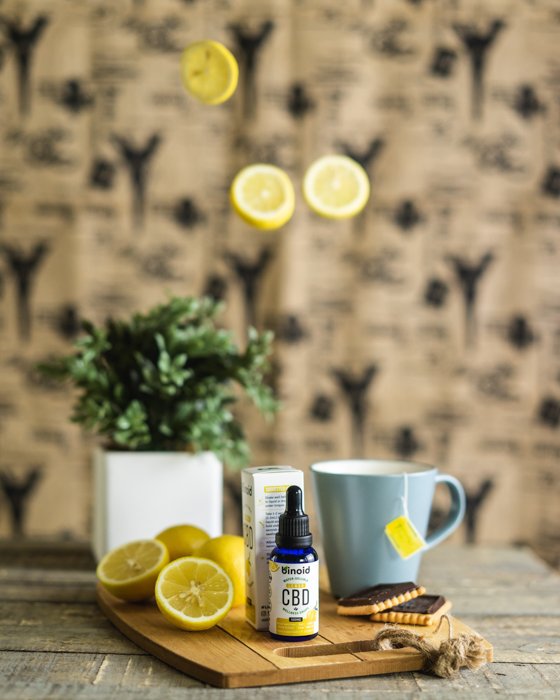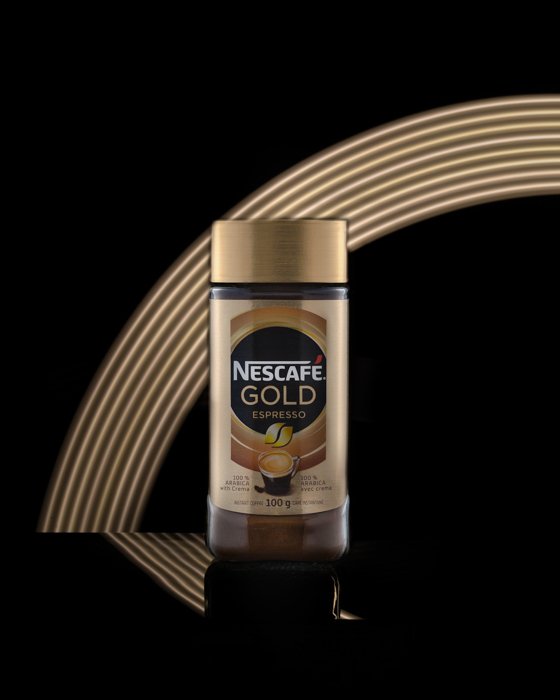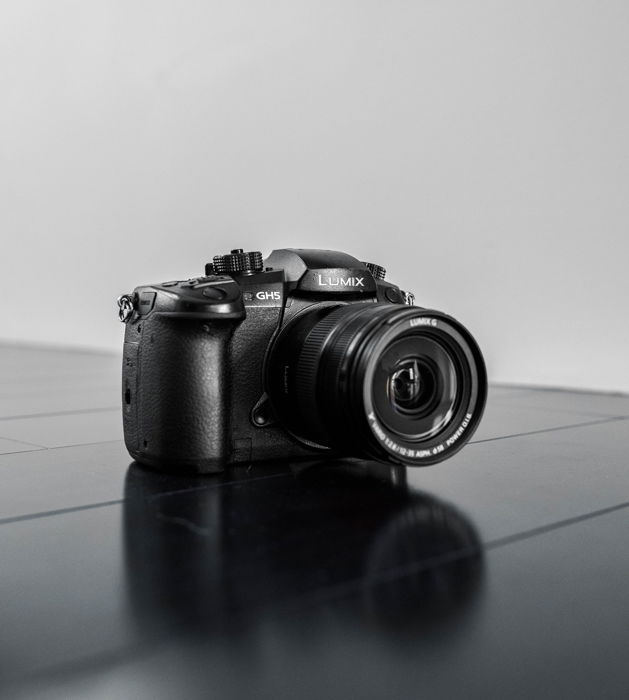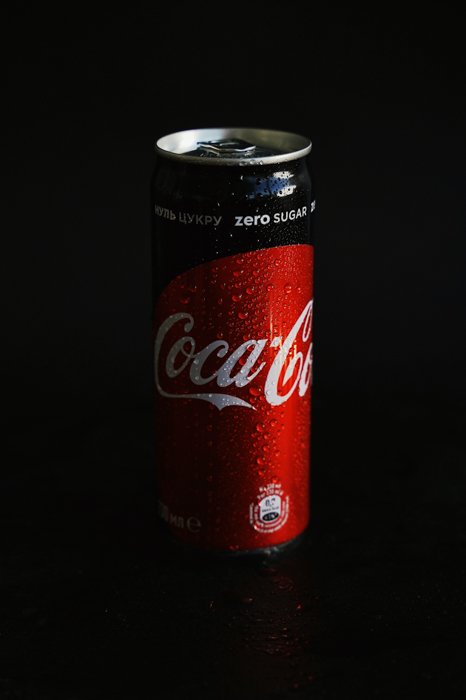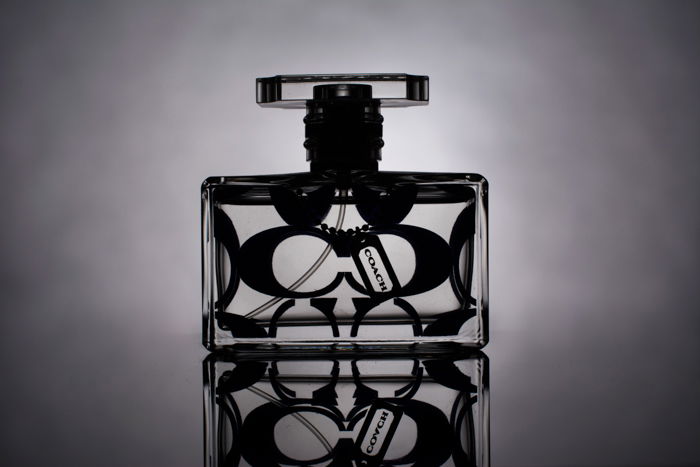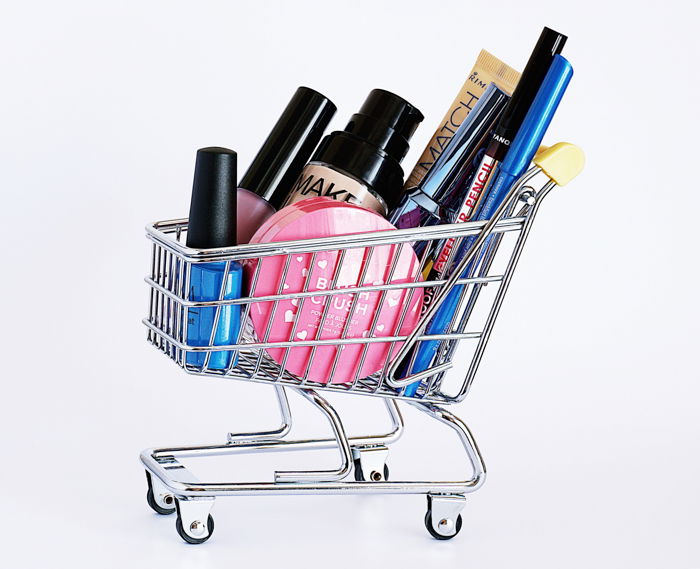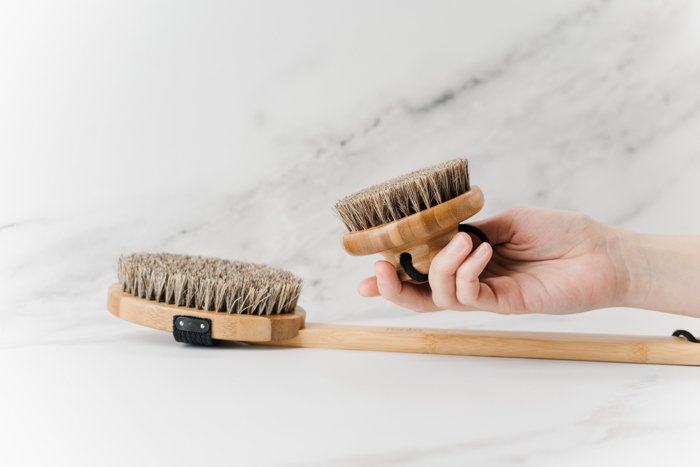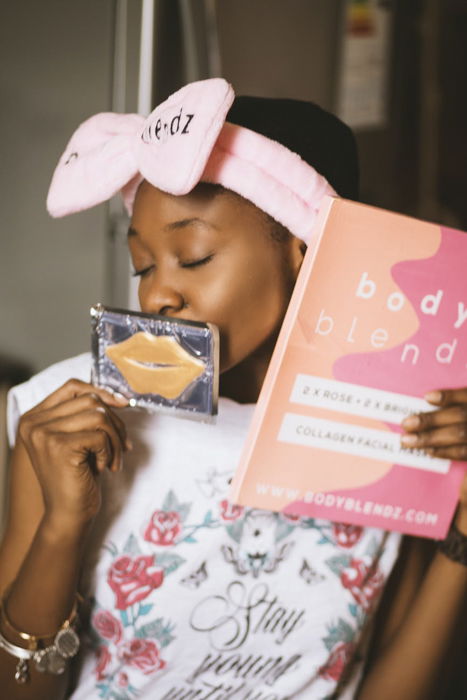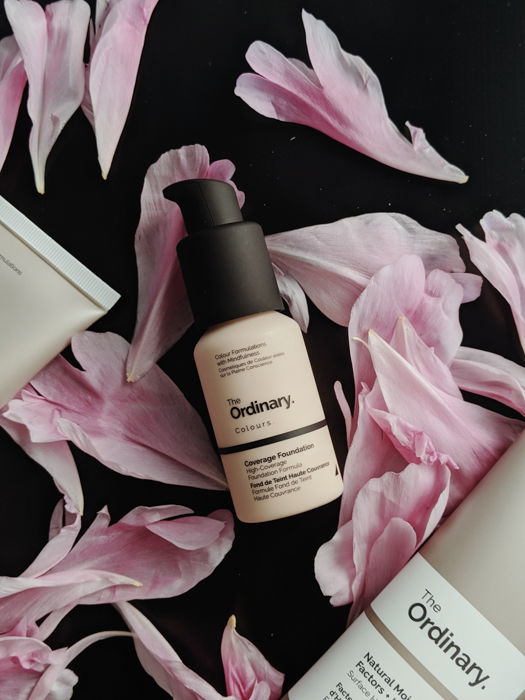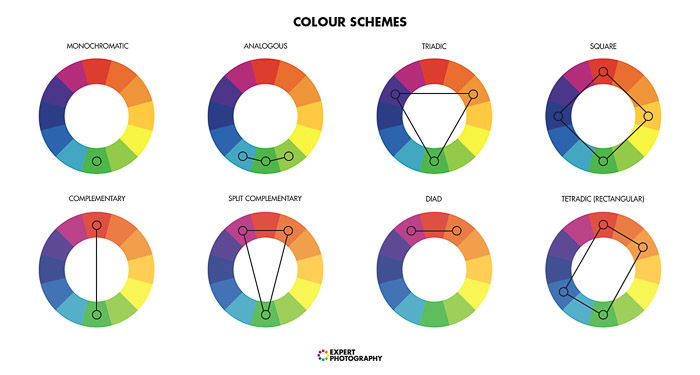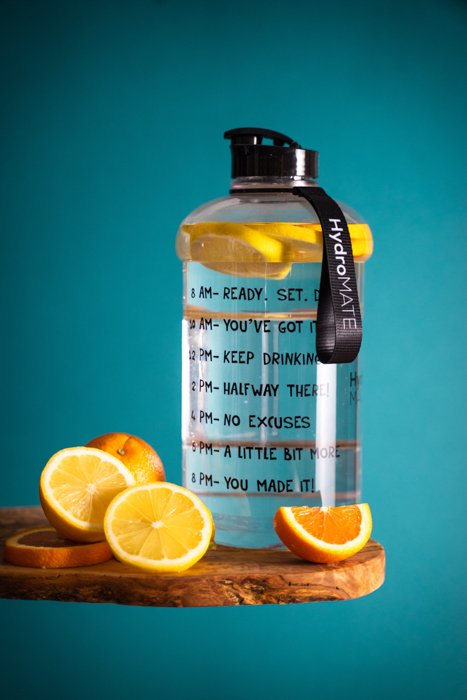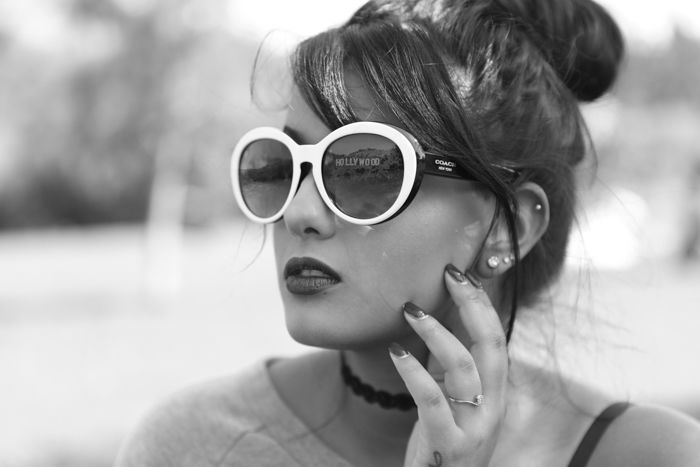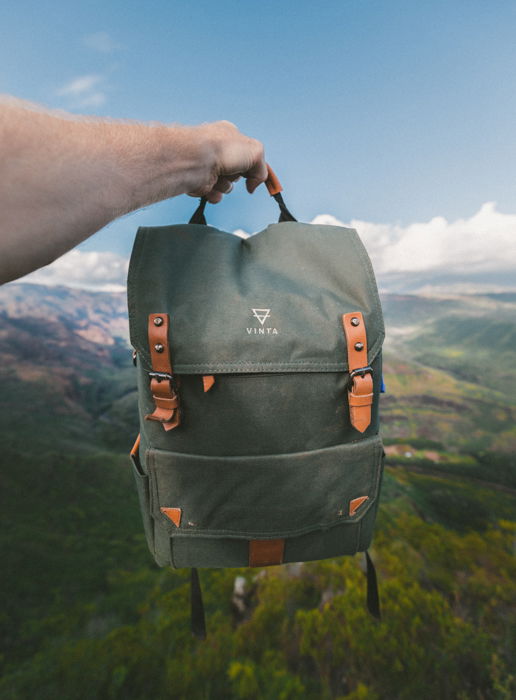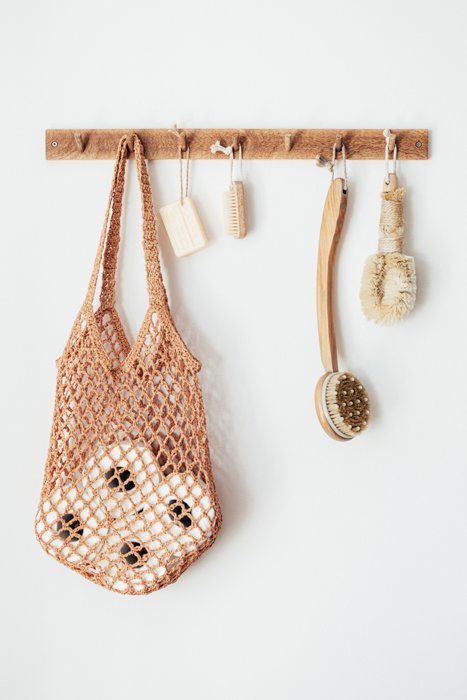A good product photo has to capture the viewer’s attention and motivate them to buy the product. And doing that successfully means pushing your creativity to new heights.
The 12 Best Product Photography Tips
Here are our top tips for creating compelling product photographs that sell!
1. Pick the Right Aperture
It’s important to use the right aperture for your image when photographing products. Of course, this applies to every other niche as well. Yet, many people aren’t careful enough with their settings. There are two common types of product photography—lifestyle and studio. For product lifestyle shots, the widest aperture (lowest f-stop) is best. It ensures the product is the center of attention. Everything else should blend into a creamy bokeh. Make sure that you shoot far enough away from the product. This will help create a stronger depth of field to separate the product from the background.
For lifestyle shots featuring a product and either a model or another object, keep the aperture at around f/2.8. This allows the product and the secondary subject to be in focus. And the background doesn’t overpower the image. The key is to draw your audience to the product and not the extra elements in the image.
But when shooting in a studio, you don’t have to worry about distractions appearing in the background. This allows you to set a narrower aperture to keep as much of the product focused as possible. This way, none of the product details get lost in the shallow depth of field! Your lighting is what will separate the subject from the studio wall. Be mindful of the shutter speed because of the flash’s sync. If the shutter speed is faster than 1/200 s, your flash won’t illuminate the whole photo. You will end up with a half-dark picture. Either lower the ISO or narrow the aperture depending on the flash power. This will keep the shutter speed low enough without over-exposing the image.
2. Use a Telephoto Lens
You want to make sure your product isn’t distorted in any way. Wide-angle lenses and effects lenses can ruin the proportions of the subjects in an image. In product photography, your images should accurately represent the product at hand. Otherwise, you can run into problems with your customers.
Shorter telephoto lenses are lenses closest in perspective to the human eye. They don’t cause any form of misrepresentation or alteration in the subject. It’s also useful to use a macro lens to get close to the subject in product photography. The best focal length for product photos is 100 mm, with any focal length between 85 mm and 145 mm also suitable.
3. How to Light Product Photos
The key to product studio lighting is making sure the product is separated from the background and is evenly lit. You should also pay attention to using soft light in product photography. Light modifiers, like softboxes and reflectors, can help you achieve this studio and natural lighting. This is because you have to reach even lighting conditions. Otherwise, harsh shadows can overcast elements of your product. There are product photography kits that aid in lighting, such as lightboxes. They help you evenly light your subject.
You always want to diffuse your studio lighting. That ensures evenly spread lighting across and around your product, instead of casting overexposed hot spots in an image. Shadows and hot spots are unflattering and a pain to retouch. You will also have an easier time finding the right white balance if you are using soft light.
4. Get Inspired by Other Photographers
Take inspiration from images that grab your attention. Study the pictures and notice elements that make the photos outstanding. These can be a certain background, an interesting lighting angle, or a unique way of editing. When taking your own photos, try to include some of these elements in your own work.
But be careful, as taking inspiration doesn’t mean copying someone else’s style. Instead, experiment with different elements to create a unique style and improve as a photographer.
5. Use a Piece of Paper to Get Rid of the Horizon Line
Take a larger piece of paper, bend it at the horizon line, and tape it to your wall and floor. This helps you reach a seamless look. This is necessary, especially for eCommerce photography, where you must have a product on a solid white background.
6. Experiment With Styling
Even when photographing something inanimate, you should play around with your photography. This is the moment to play around with styling because it’s easier than with people. Try using different accessories and backgrounds that fit the idea of the product. For instance, you can shoot a flat lay photo. Don’t forget to create an aesthetically pleasing atmosphere.
7. Come Up With New Ideas to Sell the Product
Most marketers will tell you the key to selling a product is selling the idea of the product. Tie the product to an appealing lifestyle. Showcase how much more convenient life can be with the product. Or prove how significant the product is to a specific interest. The product’s story will sell it better than anything. Always keep this in mind because this is definitely one of our top product photography tips! As photographers, we are tasked with creating the story, the ambience, and the world in which the product will be. As such, try to capture as much of a story in your shot as possible. This is where your creativity and vision will shine.
8. Don’t Clutter the Set
Avoid making your image way too busy and distracting with too many elements in it. Remember, your goal is to sell the product. Keep the background simple, with one or two solid colors or subtle patterns. Ensure you don’t have anything in the photo that isn’t relevant or doesn’t add any value. Try to keep the product the center of attention, whether it be through composition or clever lighting. For studio shots, you should restrict the number of items to only the product and one or two props. For lifestyle product photography, we recommend focusing only on the model. Avoid any distractions in the background. You can also practice the rules of the minimalist style.
9. Make Sure Your Colors Have Natural Tones
Using a telephoto lens avoids distorting the product, and keeping the colors true is just as important. This is fundamental for product photography that centers on color, such as clothing. If your photograph alters the colors, it can cause a big issue when selling the product. It can lead to dissatisfaction from both the business and the customer. Imagine ordering light blue denim jeans because you liked the color online, but what you received was entirely different. To avoid this, you can ask the client to send you color samples or Pantone values for the exact color they want.
To make sure your colors are right, check that the lighting you are using is not tinted in any way. White photography bulbs are best, as is an overcast outdoor day. You should also pay attention to your white balance. In post-processing, you can edit colors to try and match the real-life product. After exporting the image, check the photograph on various devices. See how the color changes on different screens. Check the photos on your computer, phone, and tablet if possible. You can also avoid distorted colors if you regularly calibrate your monitor.
10. Use Color Theory to Affect Your Viewers
For lifestyle product shots, color theory is key to attracting the right customers. This is the study of how colors affect human psychology. In basic terms, certain colors or color combinations bring out a specific idea, emotion, or characteristic in a person. Studying and understanding color theory can help you create more visually appealing photographs. You’ll be able to take advantage of colors to influence how your viewers react to a photo. In product photography, color can help attract the customer. Here’s a quick explanation.
If you pull up a color wheel, you can use four types of color combinations in your product photography.
1. Complementary
With the complementary approach, pick colors opposite each other. This creates a dramatic and dynamic color palette with lots of contrast in your image.
2. Split Complementary
This is like the complimentary look but is a bit easier to achieve and less bold. After picking two opposite base colors, also use two adjacent colors to the initial ones.
3. Triadic
This approach uses colors evenly spaced around the color wheel. It makes for very vibrant color swatches that tend to be eye-catching and flashy.
4. Analogous
The analogous approach uses colors right next to each other. Using colors so close together creates a sense of comfort and nature.
11. Avoid Accidental Reflections
You don’t want a weird reflection on your product! This is one of the most common mistakes new product photographers make. Pay attention to how your lighting or even you yourself reflects in the product. Either make use of the reflection and include it in the image or remove the reflection altogether.
The best way to remove a reflection is to shift your position to no longer capture the reflection. You can also remove it during post-processing. For example, if you are shooting reflective products, you can place a black foam board at the mirrored scene to avoid reflection.
12. Try Different Locations
Studio shots and lifestyle shots are the most common in product photography. But you can also find photographers who like to think outside the box.
Use Nature: This can be a forest, a beach, or even your own garden. Some products do well with nature as a background, especially if the colors match the tones of nature. Nature also evokes powerful emotions in people. Thus, it will make your photos catch the audience’s attention.
Use Home Settings: Some products, like household items, do excellent in a home environment. They sell the idea of comfort and make the viewer think about whether they will need certain products in their own home.
Keep in mind that the tips mentioned above are guidelines and not strict rules to follow. Put in place your own unique ideas to stand out from the crowd. Don’t be afraid to experiment with different settings and ideas whenever you get the chance!
Conclusion
Product photography is a niche that uses specific techniques to make the products look as attractive as possible. You have to pay close attention to your lighting, background, and placement of the product. We hope our top product photography tips help you start your product photography career! Are you interested in mastering product photography? Check out our Products in Focus eBook to learn more!
